The thought of descending 40 iron steps into a vast 2km long underground prehistoric cave (that dates back millions of years) can provoke sensations of claustrophobia in some. The Pech Merle Prehistoric Cave is located in Cabrerets between the Lot and Célé Valleys in the Causses du Quercy Regional Natural Park, South Western France. A truly stunning part of France (and the world) that does not have the allure of the Cote d’Azur or the glamour of Paris, but attracts a more discerning traveller, as well as adventurous families.
During a recent trip to Cahors in France, we drove a scenic 1-hour route taking in the breathtaking views of the remarkable Lot Valley, famous for its vines and historic villages. When we arrived, we were greeted by our guide, who had a real passion for the region, which was a bonus. Surrounded by hills, the car park was very unassuming as was the ‘entrance’ to Pech Merle. We had no idea what was to await us.
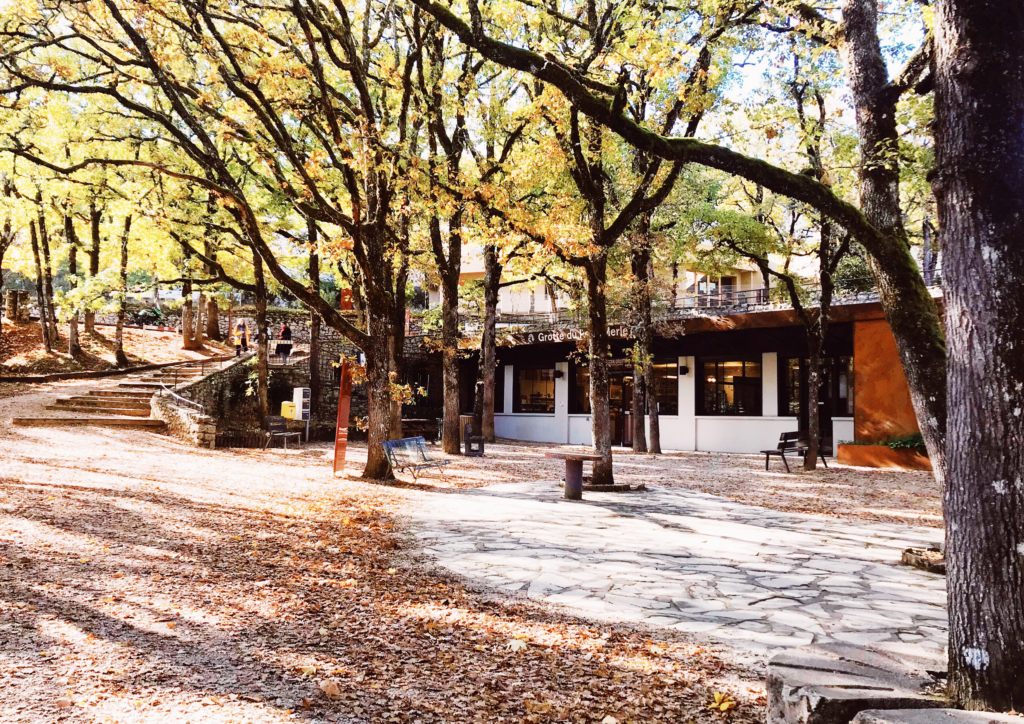
The upper level of the cave was discovered at the beginning of the 20th Century and exhibited no evidence of human presence from prehistoric times. In 1922, three children from the village of Cabrerets discovered the ‘prehistoric galleries’ containing drawings and engravings of men, women, children, animals and more. The priest of Cabrerets, Father Amédée Lemozi was a prehistorian and so he began to study the artworks. The cave was open to the public in 1926 and received the status of Historic Monument in 1952. The three children who made the initial discovery were Marthe David, Henri Dutertre and André David (who later became a guide at Pech Merle when it opened to the public in 1926).
A small Prehistory Museum (Amédée Lemozi Museum) was opened close to the entrance of the cave in 1981, where they display exhibits and films about the history of the cave, as well as selling merchandise, photo-prints, books and memorabilia. One ticket will allow access to both cave and museum. Before entering the cave, we were shown a short film with a spoken introduction by a knowledgeable member of staff before entering the cave. This lasted about 25 minutes and gave us a useful insight.
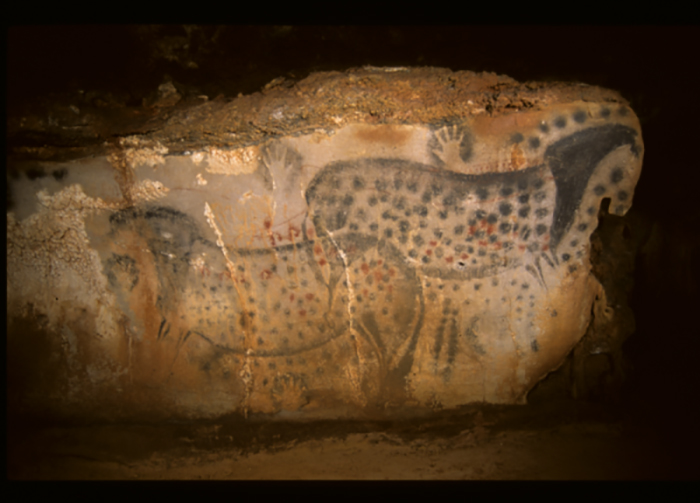
Our small group of six entered the cave via a door located inside the museum. This leads you to a narrow passage with iron steps which was carved into the cave back in 1926. The only way is down. As we slowly took in each of the 40 steps, we started to notice the transition of time, aided and abetted by a mild assault on the senses. We had been in the cave about 5 minutes when we all started to notice that our breathing had become shallow and drawing in bigger breaths required more effort. The guide was quick to point out that oxygen levels were lower and carbon dioxide levels were higher, so we would notice a slight increase in heart rate and breathing. She also pointed out that as the tour was under an hour in duration, it was of course completely safe. Once we knew this was the case, it did not concern the group, in fact, it probably made the tour more thrilling and required more effort on our part.
As we descended down further, shifting through dark passages, ascending and descending with more steps, at times on uneven ground, the cave really opened up, with huge caverns consuming our peripheral vision. The chalky odour of limestone was prevalent as was the moist air, but by no means irritating. The cave has a constant temperature of 12°C so it’s advisable to wear something warm, plus the atmosphere may give you some chills.
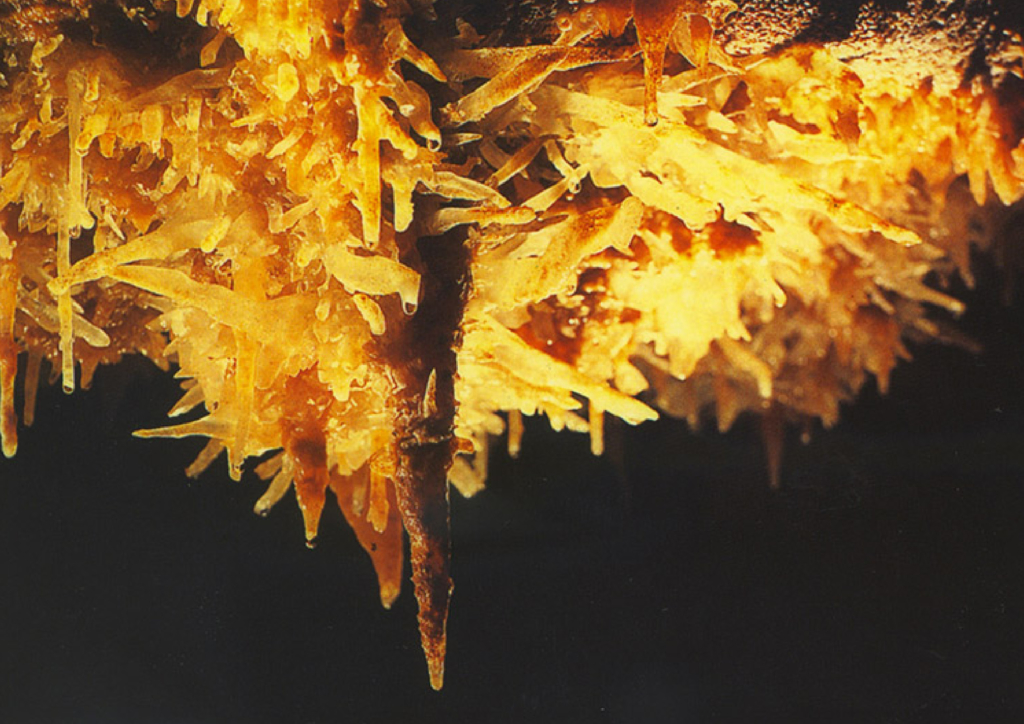
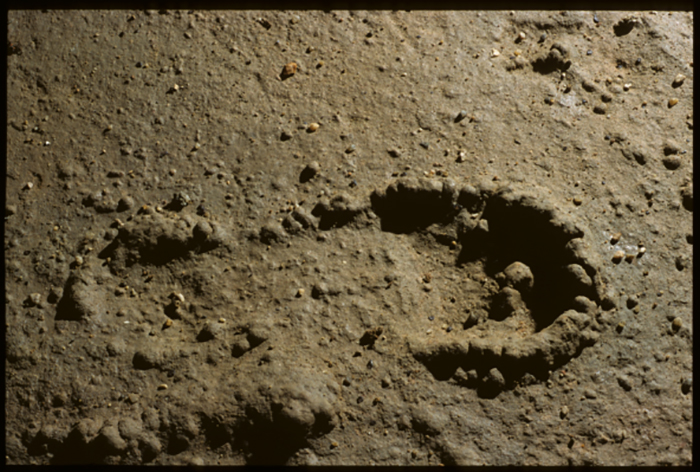
Pech Merle has one of the finest examples of Palaeolithic cave art in the world. The perfectly preserved murals date back as far as 29,000 years BC, notably from the Gravettian culture and feature lifelike images of prehistoric men, women (some appearing pregnant), a huge woolly mammoth, handprints, children’s footprints and some iconic looking spotted horses. The footprints are found more than half a mile underground and it’s remarkable to think that these were originally from impressions in clay thousands of years ago by prehistoric inhabitants of the caves. There is also evidence and artefacts/bones of native animals that lived in the caves, alongside humans, including bears and hyenas, and you can actually see an impression of a bear, where she slept with her young, clearly preserved.
At one point, the guide informs us she will turn off the lights so we can experience the cave in pure darkness, as our ancestors did. It was spooky but absolutely necessary as it opened up a whole other dimension to the experience and allowed us to encounter the stillness of the silence. Being surrounded by ancient stone and minerals and in complete silence has the same effect on your thoughts – you cease to ‘think’ and simply absorb the moment. This is probably the closest you will ever get to a prehistoric encounter.
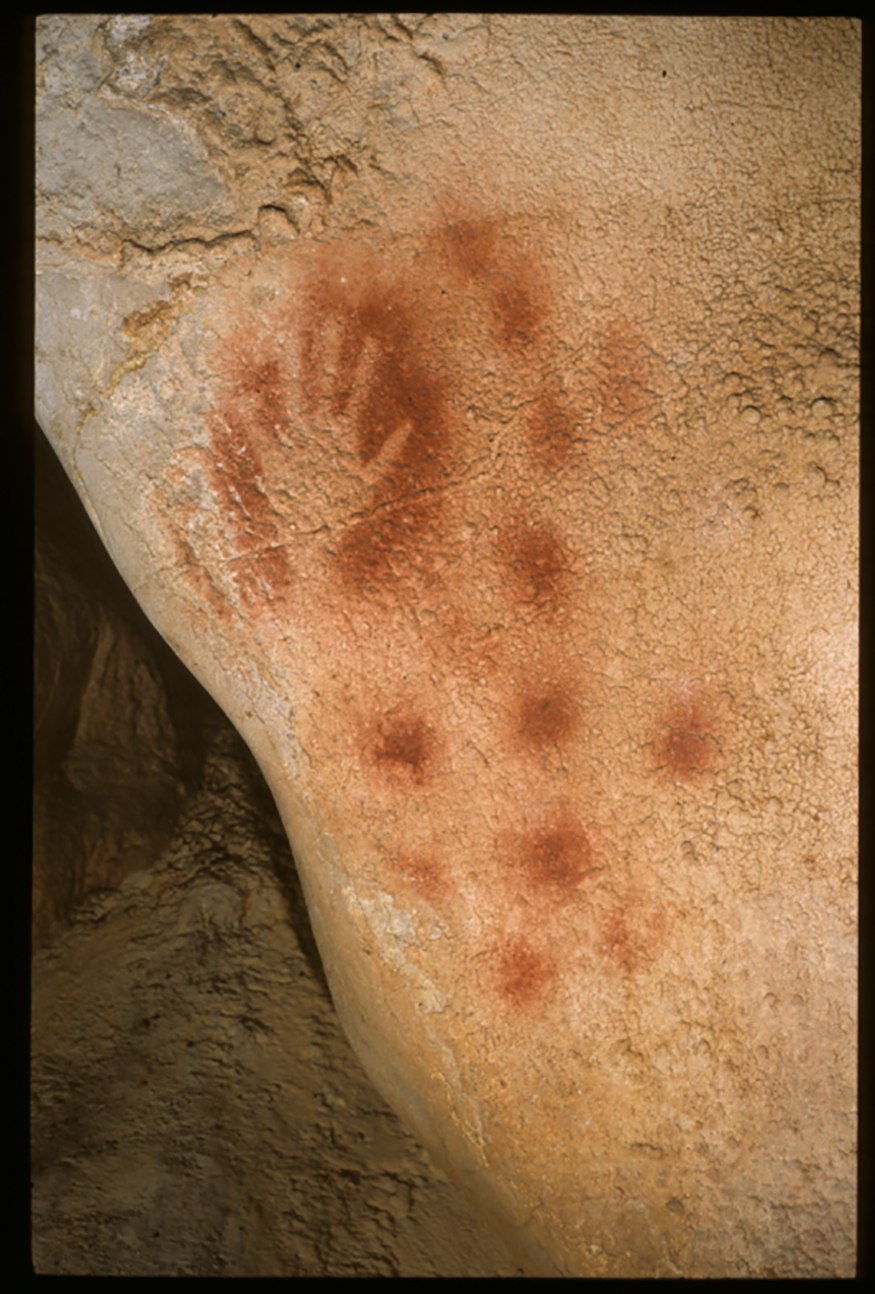
Pech Merle is something you have to experience in person, writing about it cannot accurately express the unusual atmosphere that exists in that space. It is very special. As the words from the guide echo around the cave and ancient whispers lurk in the flow of air, you can’t help but become fascinated by its very presence.
As a photographer, it was unfortunate to find out that all visitors are forbidden from taking photographs of any kind (with or without flash), so we are only able to share some press images provided to us as well as a couple of snapshots of the outside of the museum. But below you will find a link to visit the official website of Pech Merle with a gallery as well as a 360-degree virtual tour of the cave (a must see). For me, Pech Merle was captivating, eerie, mesmerizing and completely unforgettable.
Written by Ian Cole for Client Voyage
Centre de préhistoire du Pech Merle
Pech Merle
46330 Cabrerets
FRANCE
For more information, a photo-gallery and a 360-degree virtual tour visit the official
Pech Merle Website.
Special thanks to Pech Merle, Amédée Lemozi Museum, Virginie Seguin, Cahors Tourism and Melanie Childs.
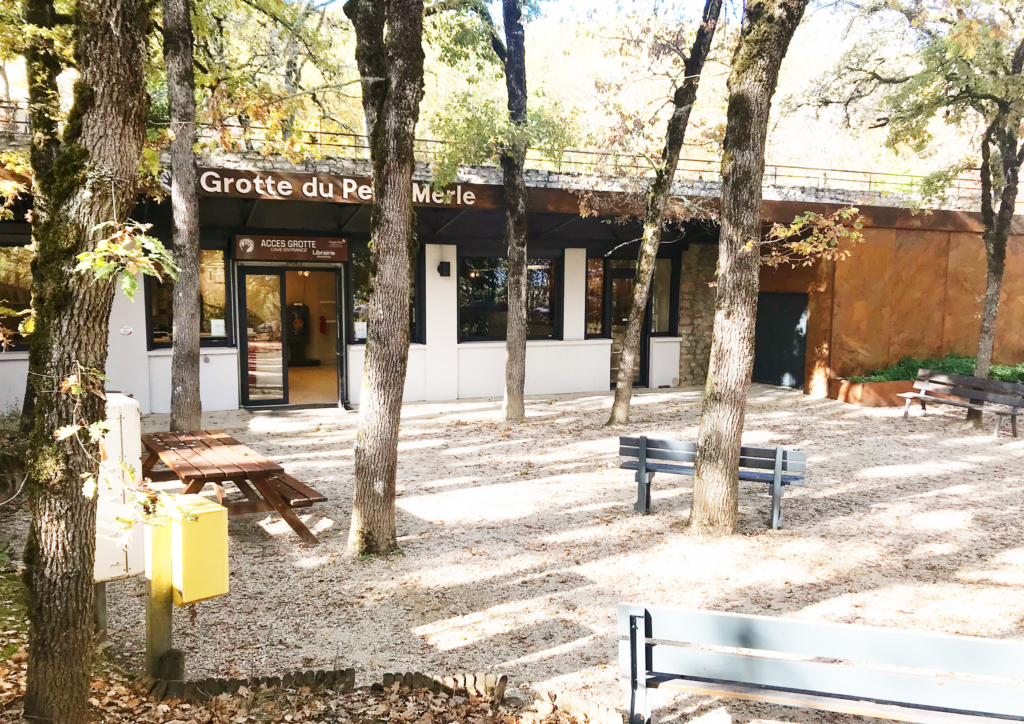
Stay updated with our NEW monthly newsletter